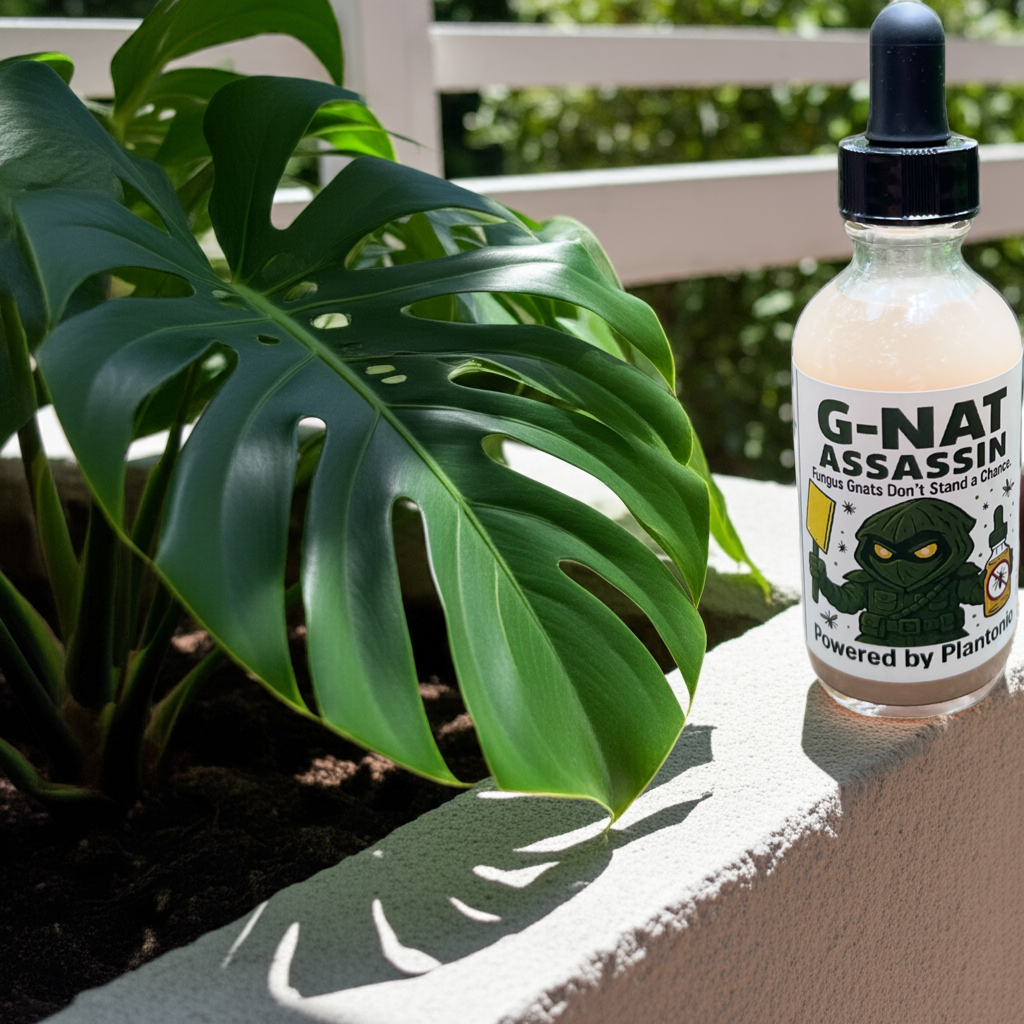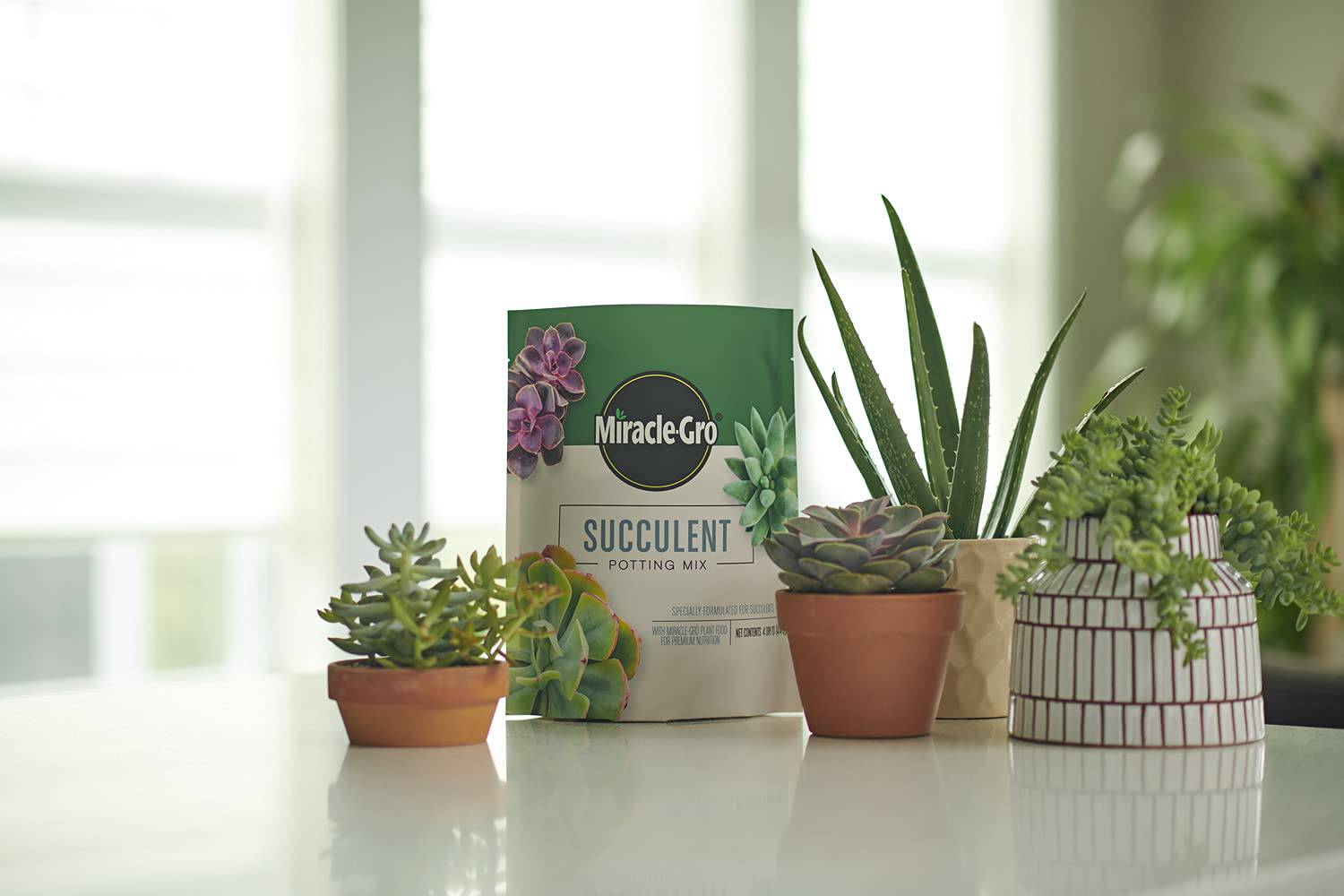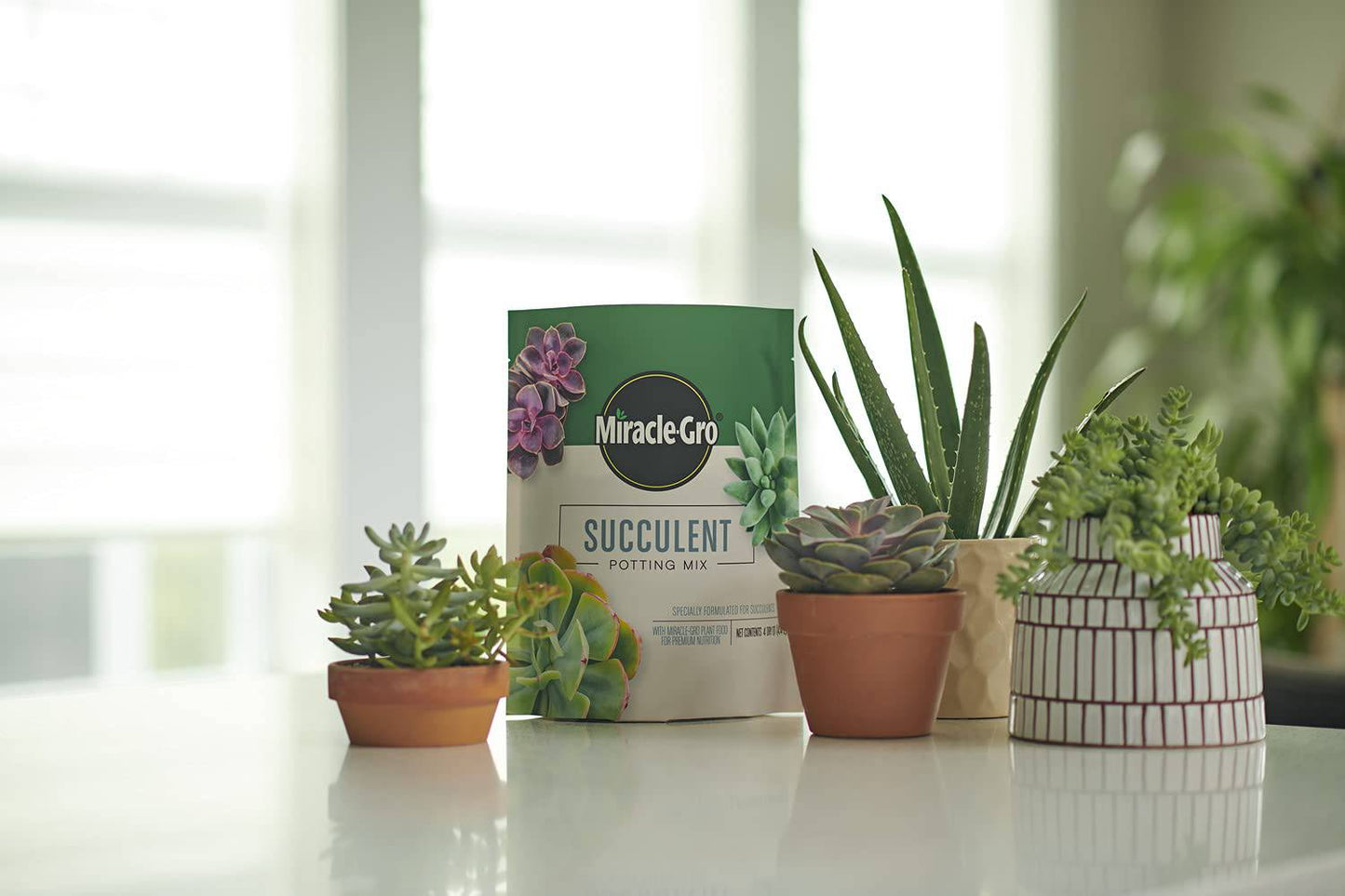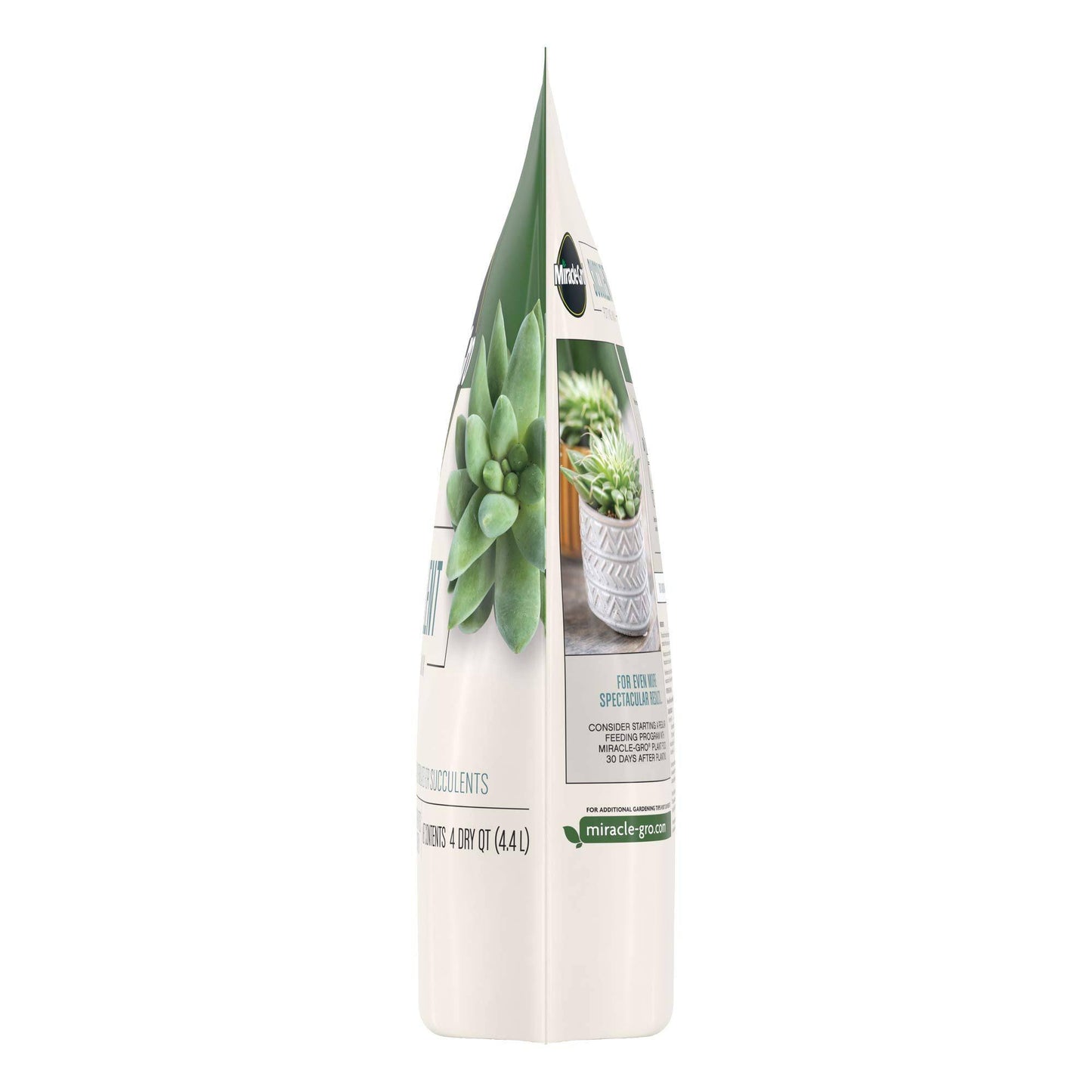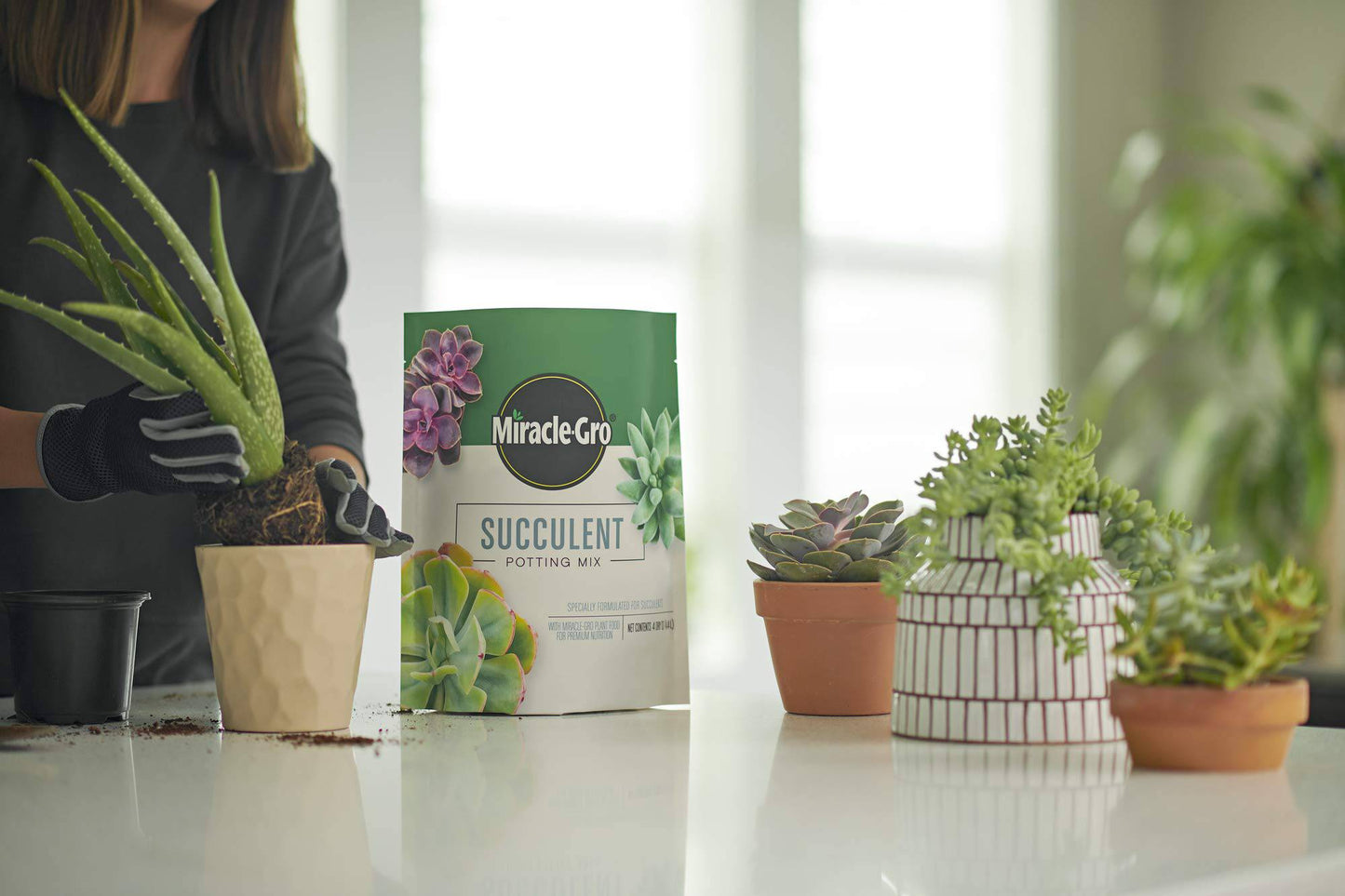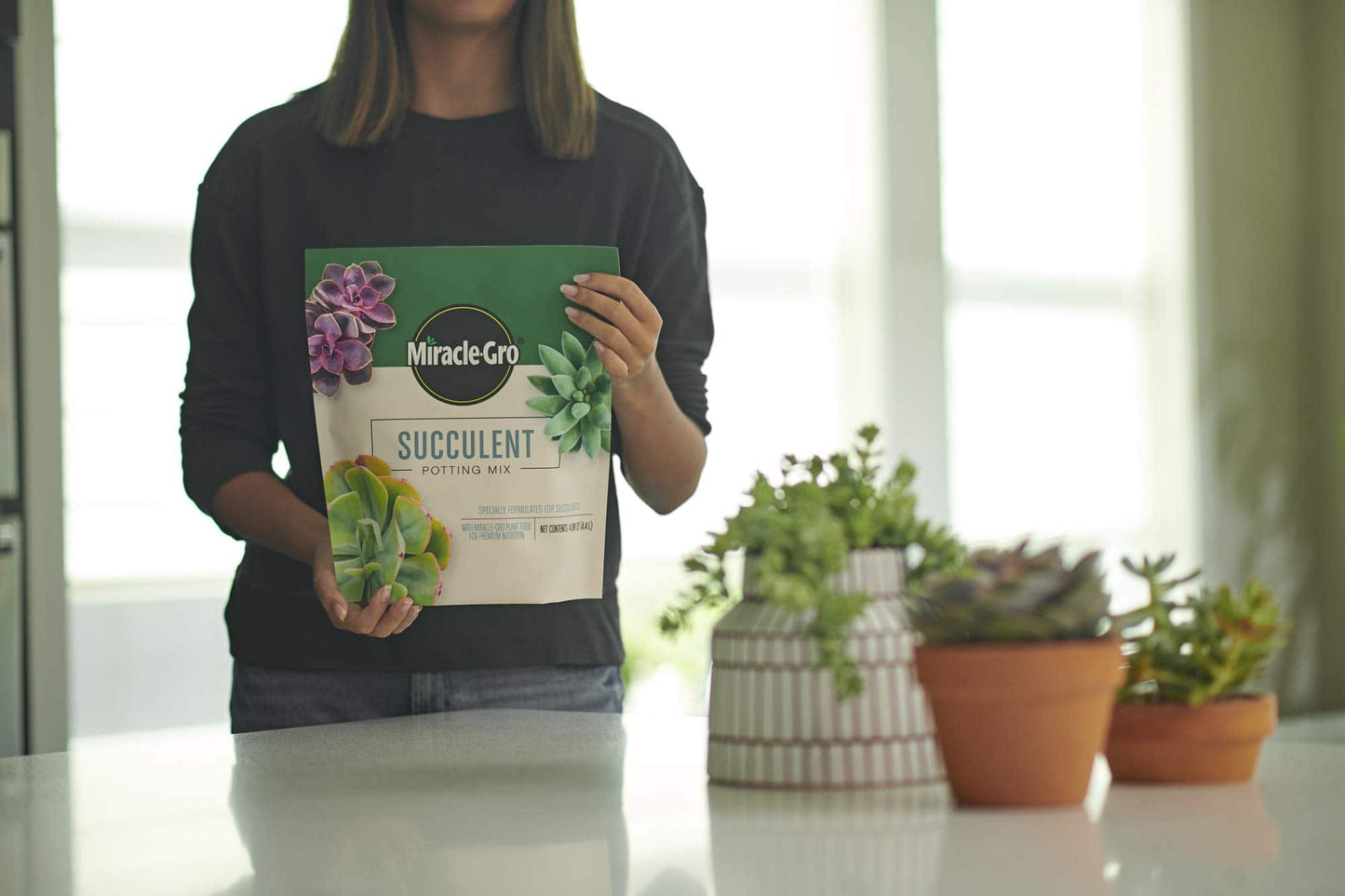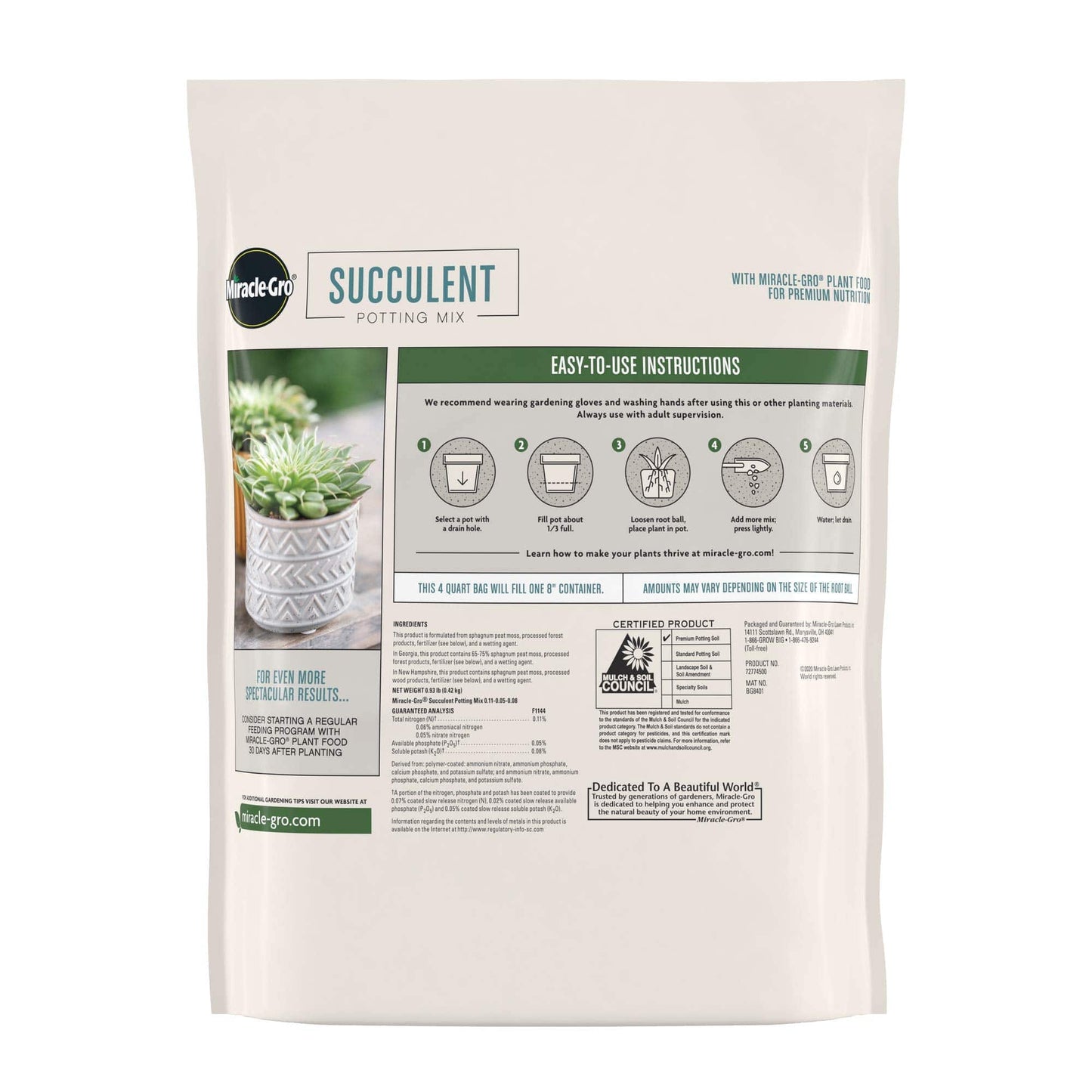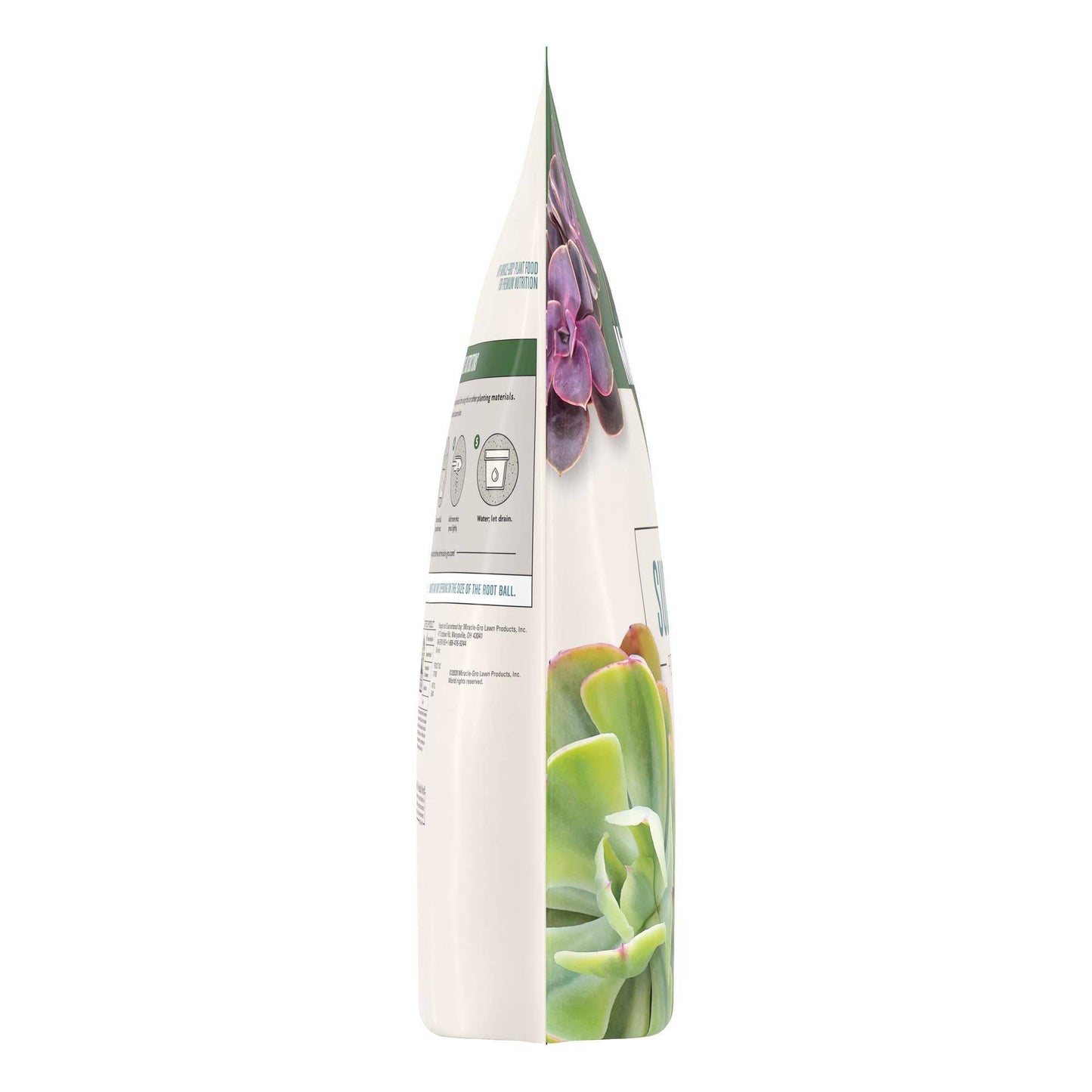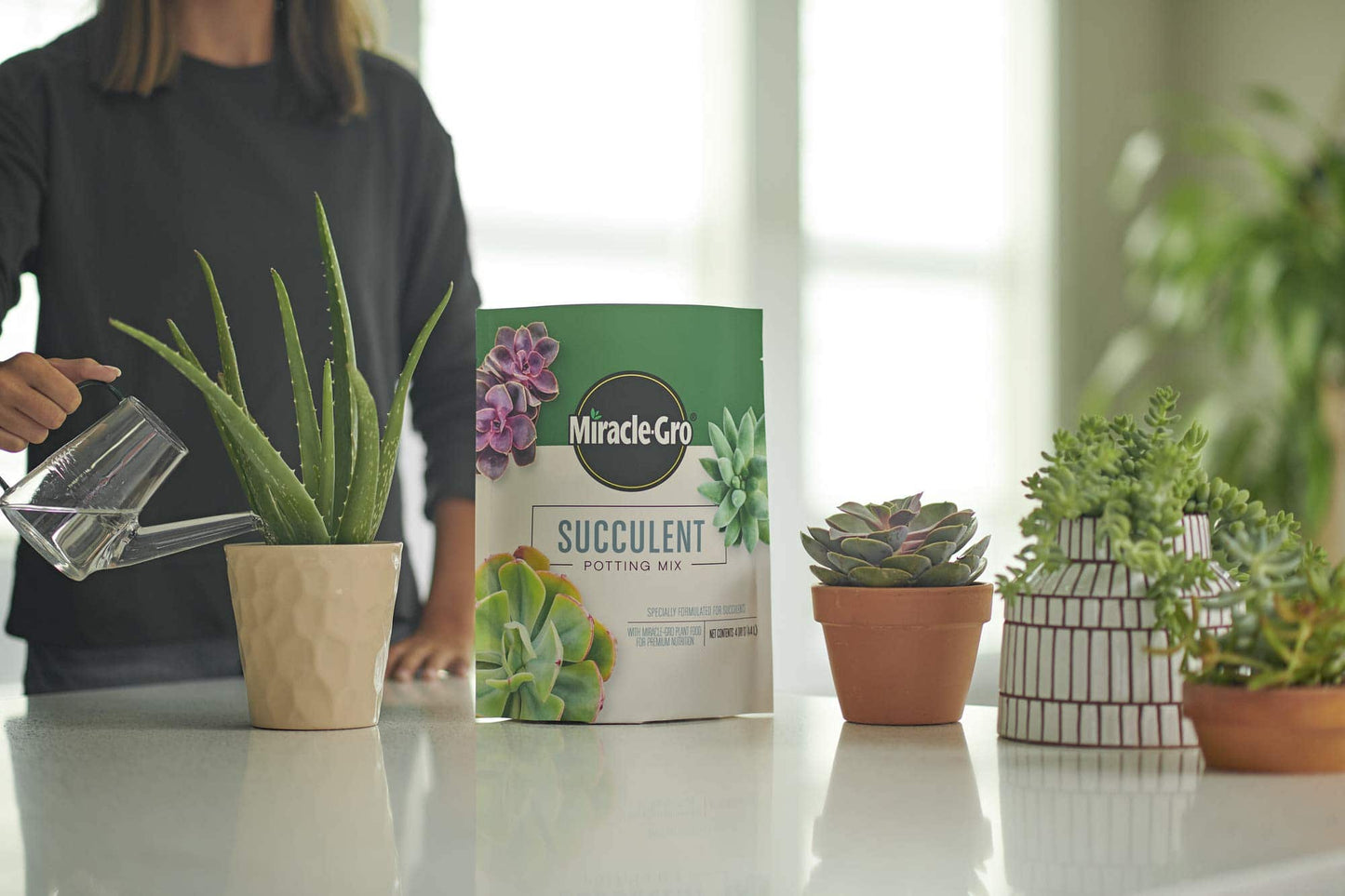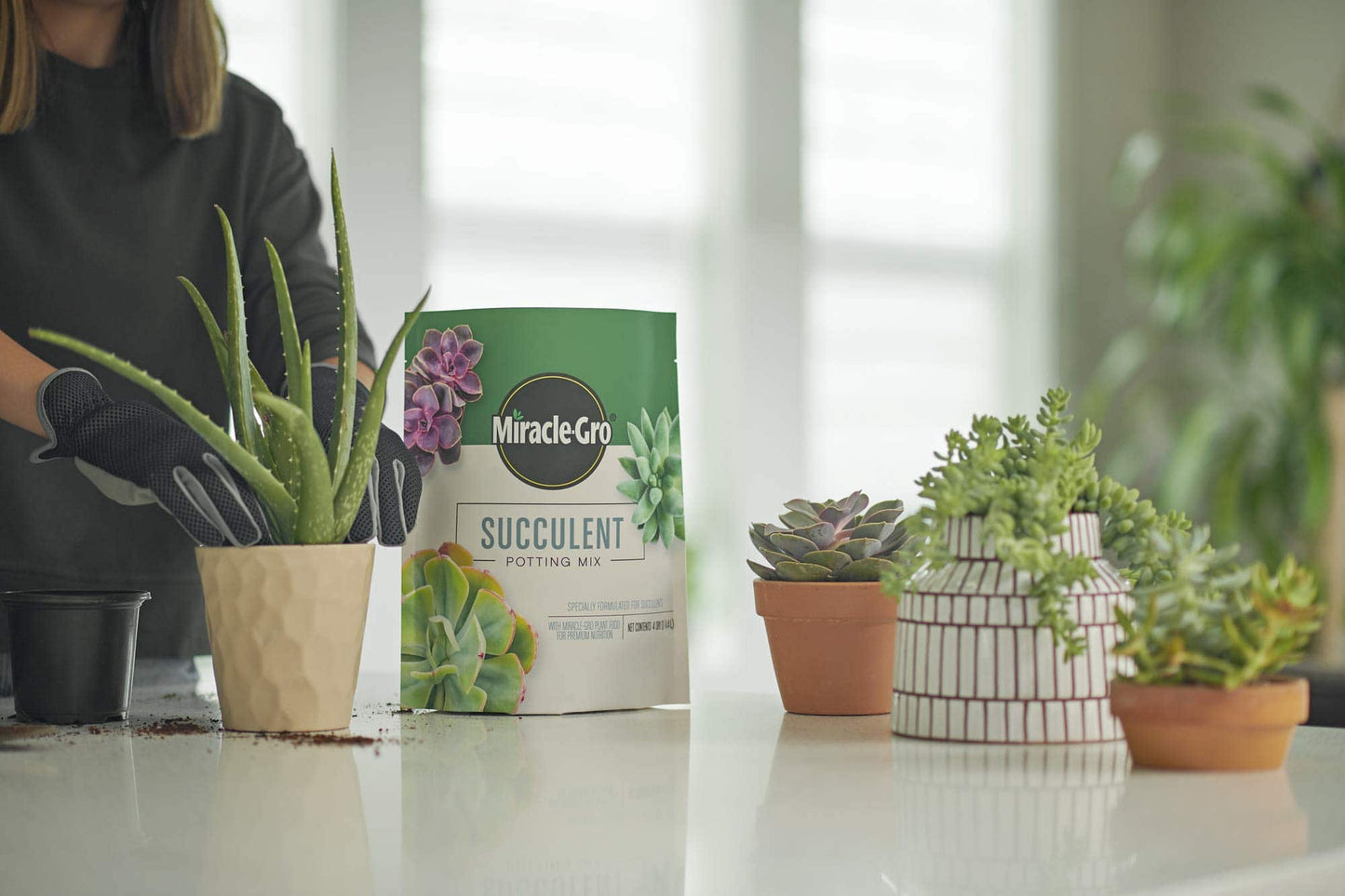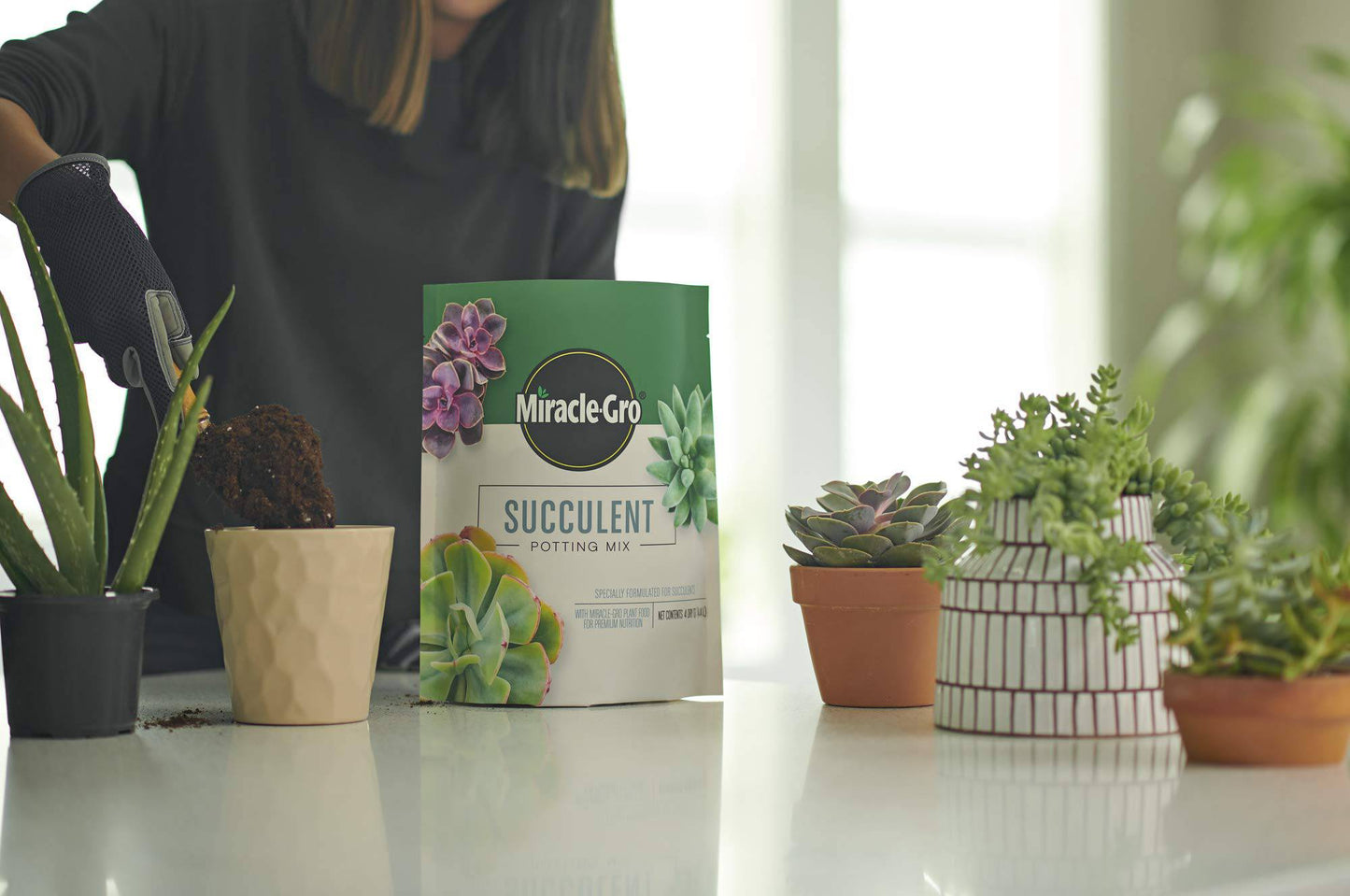Introduction
Houseplants have become a staple in modern homes, offering more than just aesthetic appeal. They purify the air, boost mental health, and add a touch of nature to our living spaces. If you’re looking for the best houseplants near you, this comprehensive guide will help you navigate your options, offering tips, local resources, and top picks for every type of plant lover.
Why Choose Local Houseplants?
When it comes to selecting houseplants, opting for local varieties has numerous benefits:
- Adaptability: Local plants are naturally suited to your climate, making them easier to care for.
- Support Local Businesses: Purchasing from local nurseries helps sustain small businesses in your community.
- Expert Advice: Local sellers often possess invaluable knowledge about the plants they sell, offering tailored care instructions based on your specific environment.
- Unique Varieties: Local nurseries may carry unique or rare plant varieties that aren’t available in larger chain stores.
- Community Involvement: Buying local fosters a sense of community and encourages shared gardening experiences.
Tips for Finding the Best Houseplants
Here are some practical tips to help you find the best houseplants in your area:
- Visit Local Nurseries: Take the time to explore nearby garden centers and specialty plant shops. These venues often feature a diverse selection and knowledgeable staff who can assist you in selecting the right plants.
- Attend Plant Swaps: Many communities host plant swaps where you can exchange cuttings or plants with fellow enthusiasts. It’s a great way to diversify your collection without spending much.
- Research Online: Utilize social media platforms and local forums to discover plant shops and read reviews from other plant lovers. Websites like Yelp or Facebook groups can provide insights into the best local options.
- Check Farmers' Markets: Many farmers' markets feature local vendors who sell unique plant varieties and gardening supplies. These markets can be a treasure trove for plant lovers.
- Join Gardening Clubs: Engage with local gardening clubs or community gardening projects. These groups often have valuable insights on where to find the best plants and can provide support for your gardening journey.
Top Picks for Houseplants
Here are some of the best houseplants that cater to various skill levels and preferences:
- Snake Plant (Sansevieria): Known for its striking upright leaves, this plant is incredibly low maintenance and thrives in low-light conditions, making it perfect for beginners.
- Pothos: This versatile trailing plant is ideal for both experienced and novice gardeners. It can grow in various lighting conditions and is forgiving if you miss a watering.
- Fiddle Leaf Fig: With its large, glossy leaves, the fiddle leaf fig has become a popular choice for interior decor. It requires bright, indirect light and regular watering.
- Peace Lily: Known for its elegant white blooms, this plant not only adds beauty to your space but also excels at purifying the air. It prefers low to medium light and requires consistent moisture.
- Spider Plant: This hardy plant is perfect for hanging baskets and is known for its air-cleaning properties. It thrives in bright, indirect light and is easy to propagate.
- ZZ Plant (Zamioculcas zamiifolia): With its thick, waxy leaves, the ZZ plant is nearly indestructible and can survive in low light and with minimal water, making it perfect for busy lifestyles.
- Rubber Plant (Ficus elastica): This plant features large, glossy leaves and can grow quite tall, making it a statement piece. It prefers bright, indirect light and regular watering.
- Dracaena: Available in various species, dracaenas are known for their striking foliage. They are relatively easy to care for and can thrive in a range of light conditions.
Care Tips for Your Houseplants
Caring for houseplants can seem overwhelming, but with a few basic tips, you can ensure your plants thrive:
- Understand Watering Needs: Overwatering is one of the most common issues for houseplants. Research the specific watering requirements of each plant and adjust accordingly. A good rule of thumb is to allow the top inch of soil to dry out before watering again.
- Optimal Lighting: Different plants have varying light requirements. Ensure your plants are placed in suitable lighting conditions, whether that’s low light, indirect sunlight, or bright light.
- Fertilizing Schedule: Use the right fertilizers during the growing season (typically spring and summer) to promote healthy growth. Follow the instructions on the fertilizer label to avoid over-fertilizing.
- Pest Management: Regularly inspect your plants for pests like spider mites or aphids. If you notice any, treat them promptly with insecticidal soap or neem oil.
- Repotting: As plants grow, they may outgrow their pots. Repot them every 1-2 years to provide fresh soil and more space for growth.
Creating a Plant-Friendly Environment
To ensure your plants thrive, consider the following environmental factors:
- Humidity: Many houseplants thrive in higher humidity. If you live in a dry area, consider using a humidifier or grouping plants together to create a microclimate.
- Temperature: Most houseplants prefer temperatures between 65-75°F (18-24°C). Avoid placing them near drafts or heat sources.
- Soil Quality: Use high-quality potting soil that drains well. Some plants may require specific types of soil, such as cacti or orchids.
Common Mistakes to Avoid
Even experienced plant owners can make mistakes. Here are some common pitfalls to avoid:
- Ignoring Plant Signs: Pay attention to your plants. Wilting, yellowing leaves, or stunted growth can indicate problems with watering, light, or pests.
- Overcrowding Plants: While it’s tempting to create a jungle, overcrowding can lead to competition for light and nutrients. Ensure each plant has enough space to grow.
- Not Researching Species: Each plant has unique care requirements. Take the time to research your plants to provide them with the best possible care.
Conclusion
Finding the best houseplants near you can be an enjoyable and enriching experience. By utilizing local resources, exploring various plant options, and ensuring proper care, you can create a lush indoor oasis that brings joy and tranquility to your home. Whether you’re a seasoned plant enthusiast or a beginner, the right houseplants can transform your living space. Happy planting, and may your house be filled with vibrant greenery!


